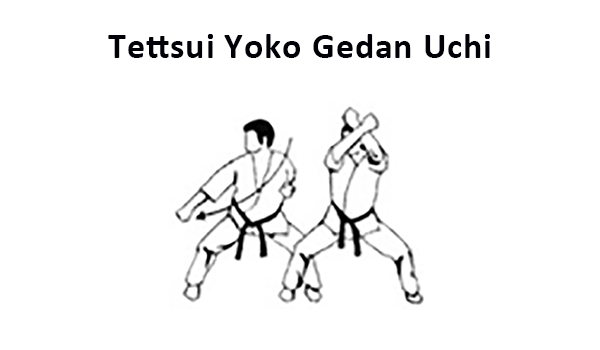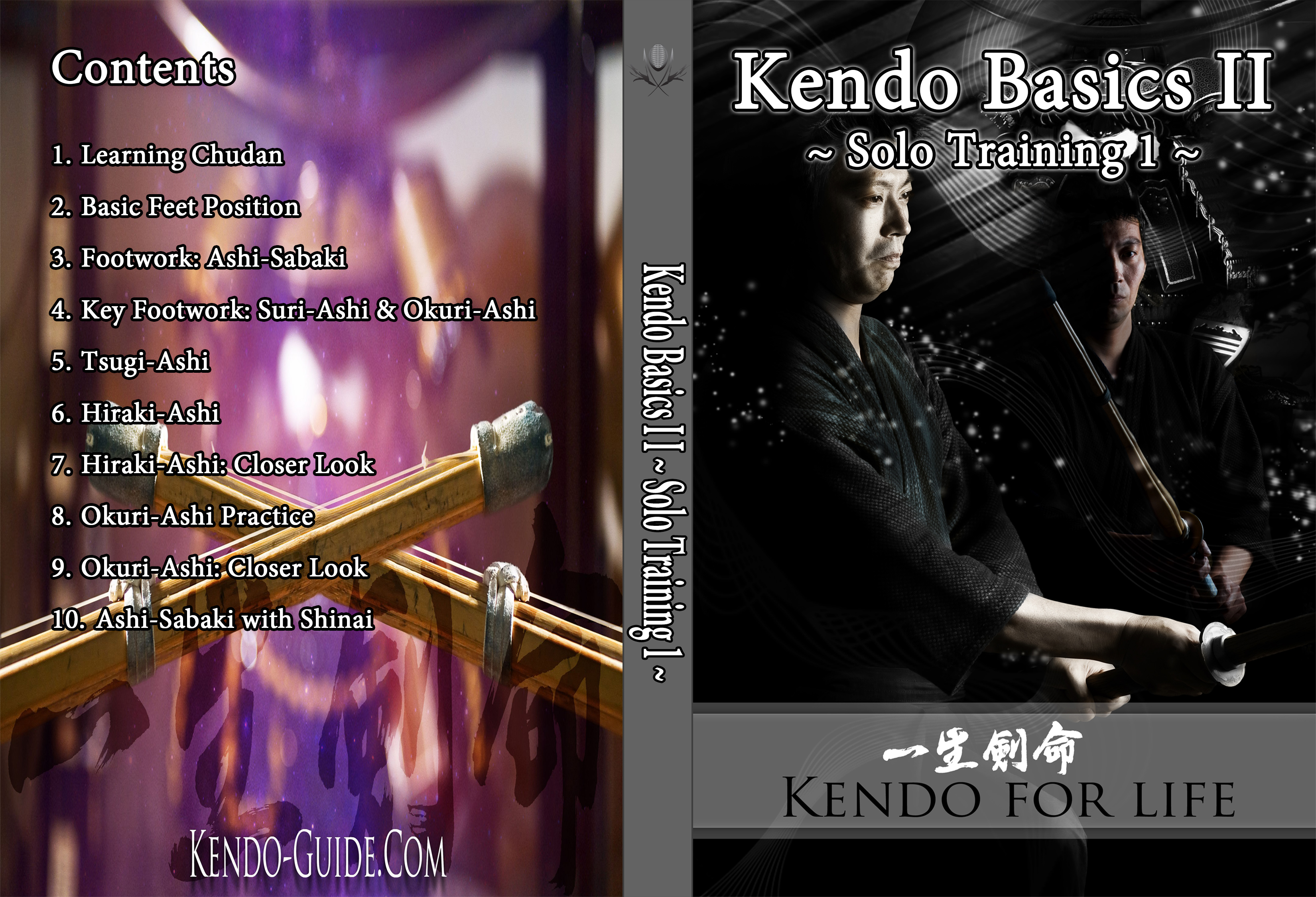
I understood this concept a little bit before these recent lessons, but had yet to take the time to focus on it as principle. Having considered this during keiko and practiced applying to techniques I have resolved myself to devloping my footwork into a more proactive toolset. Musashi also referred to fumi-ashi (stuck feet) as a position to avoid at all costs. In kendo we call this machi-ken (the hesitant sword), where you wait trying to trick your opponent, but consequently surrender all initiative. This weakness can be seen when you are static and rooted waiting for your opponent to attack. Trying to control your opponent’s (or partner’s) centre – be that their weapon or body – without a strong posture, rooted in offensive ashi-sabaki, is a futile exercise. Of course, there are many other factors in play, but the more I watch great practitioners the more I identify the role that strong footwork is playing. The red-player has used strong footwork and a relaxed posture to create pressure which has caused the white-player to collapse their kamae opening themselves up for a tsuki (this is of course Eiga Naoki’s famous tsuki that won Japan the World Kendo Championships in 2003). The picture above, I think, is a good demonstration of this principle in action. If you move forwards in a fantastic posture whilst maintaing a strong kamae with your feet, you will be able to dismantle your opponent’s posture and create an opportunity to attack. My current understanding of this, is that prioritising your weapon or arms is a weak and easily readable form of seme. “Ashi de semeru” is a phrase designed to encourage you to prioritise creating opportunities to attack through inventive footwork. Eiga Naoki’s famous match-winning tsuki was partly a result of his fantastic footwork. Really you should never stop working on your footwork because, as the sensei above concisely highlights, footwork is how you apply seme and pressure towards your opponent.

I think that a lot of practitioners take footwork for granted. It is a mistake to think that the learning stops there. Often it is easy to look at ashi-sabaki (footwork) as something you learn when you begin a martial art and have locked in once you move on.

What I think my sensei is trying to encourage is abandoning this view and realising the importance your feet and core play in your martial art. We naturally want to lead with our upper body because it appears to be the main area used to attack or interact with our partners. If you use a sword, how many times have you had a sensei say you are pulling too much with your right hand? If you do aikido, how often are you corrected for leaning forward too much or bending your elbows? This is natural because they are the closest things to your head and are often holding what you are attacking with. When practicing it is easy to focus on your arms or hands the most. Specifically, they have been trying to impress upon us the concept that our footwork is not just a kihon (foundation) practice, but a skill that will develop alongside our seme (the way we apply pressure) throughout our shugyo (your martial arts journey, as it were). The sensei in charge of these sessions has been making it the focus of our practice. “Ashi de semeru.” – This is something that I have been hearing alot from my sensei recently at my regular keiko sessions at Kyoto’s Butokuden.

One of our resident kendoka has been working on their ashisabaki during keiko recently and shares their thoughts on the importance of footwork and what it leads to – not only in kendo, but all martial arts.


 0 kommentar(er)
0 kommentar(er)
